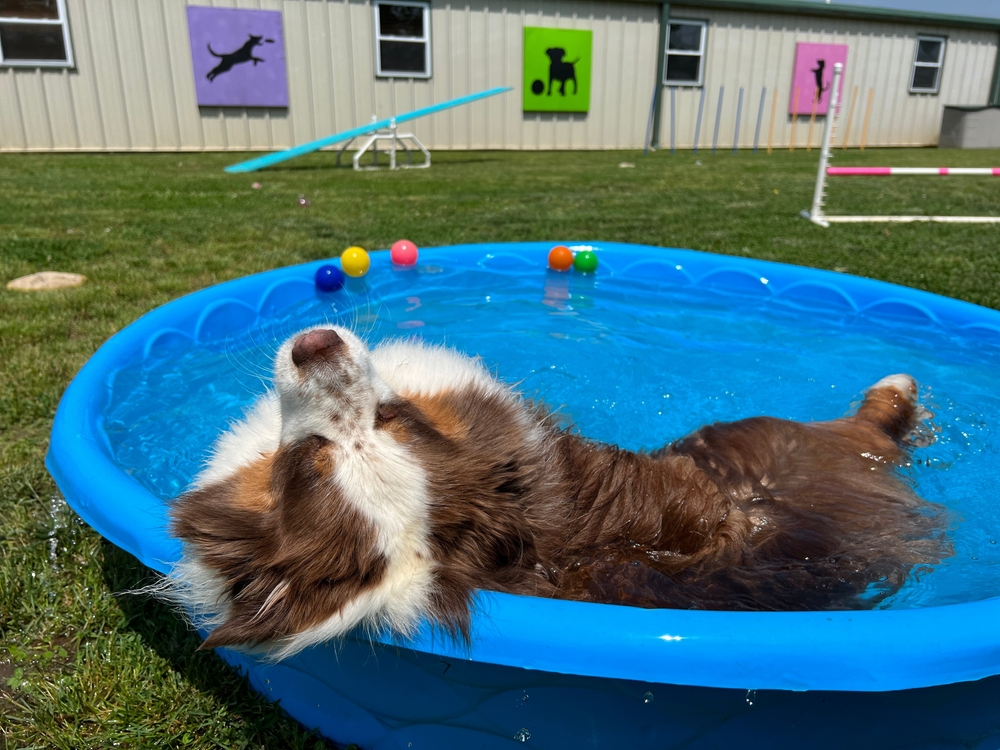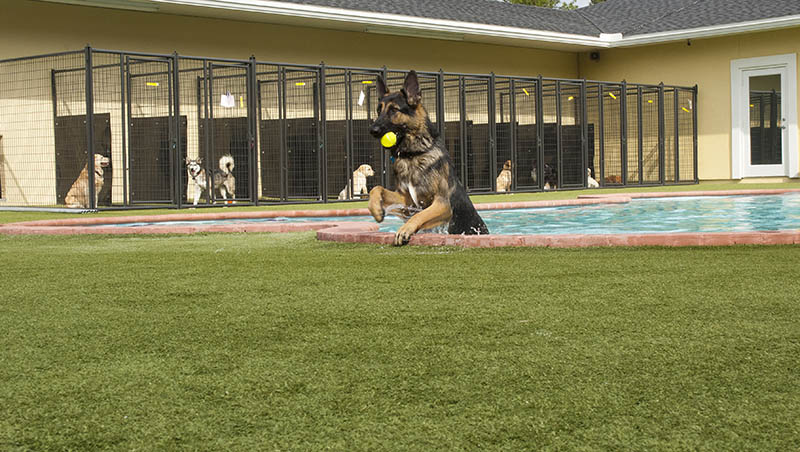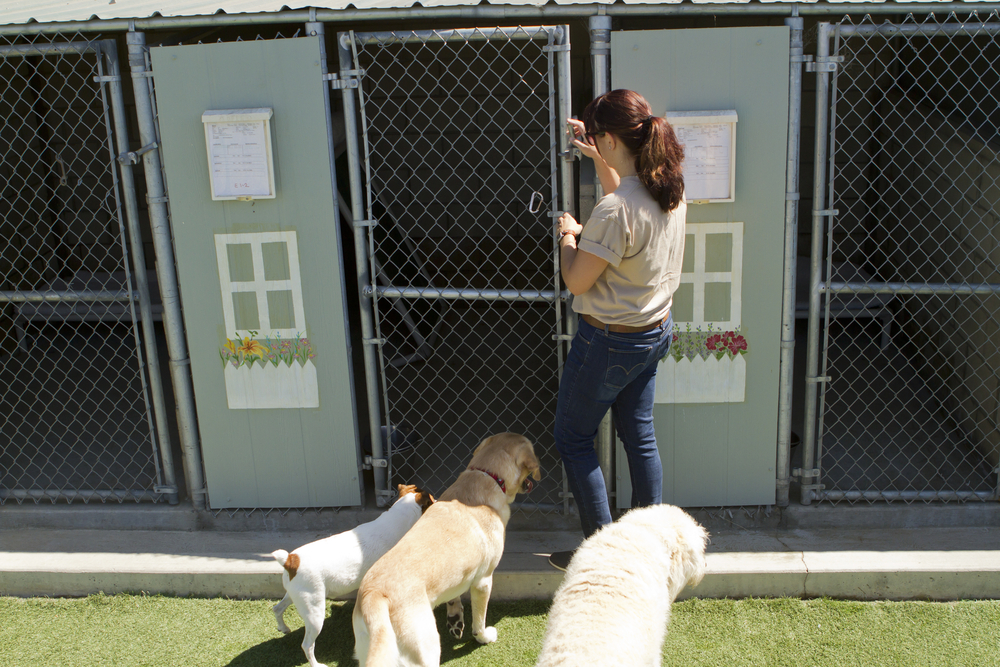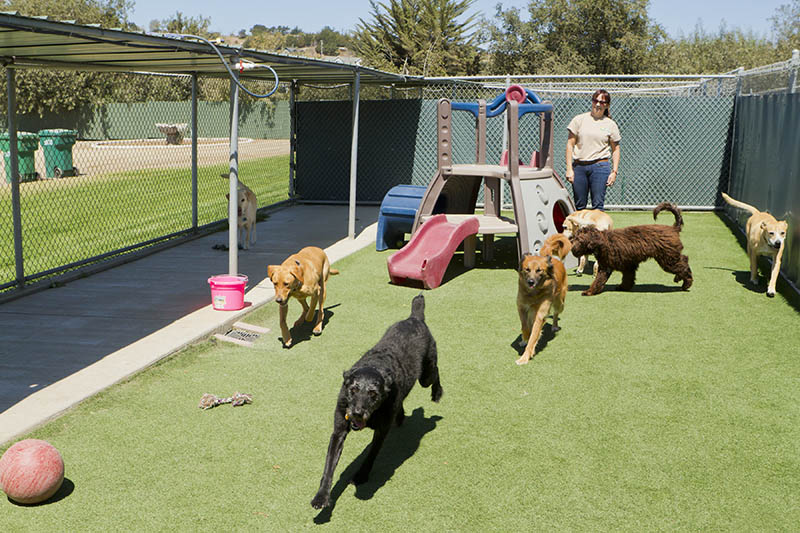In a perfect world, our dogs would tag along with us everywhere we go. Unfortunately, that isn’t realistic in every situation, so there may come a time when you need to leave your precious pup at a dog boarding facility. If this is your first time using such a service, you probably feel overwhelmed by all the prospects. How can you narrow it down? What red flags should you keep an eye open for? How can you be sure your chosen facility has your dog’s best interests at heart?
Keep reading to discover everything you need to know when searching for the perfect dog boarding facility for your canine family members, including the tips for finding the perfect facility and the red flags to look out for.

The 10 Vet-Approved Tips for Finding the Perfect Facility
Finding the right boarding facility for your dog’s needs requires time and patience. Unfortunately, you can’t select the first option that pops up when you make a Google search. The tips below should help you make a smarter and more informed decision.
1. Start With a Google Search
Google “dog boarding facility near me” to see what results pop up. Once you have a list of several options in your area, read the Google reviews to get a feeling for what people who have used the service before think about it. It’s best to examine the most recent reviews first. This will give you a more up-to-date idea of how the facility operates.
2. Ask Family, Friends, and Locals for Advice
You can further vet the facilities in your area by asking your friends and family members about their experiences with local boarding facilities. Do they have any they would wholeheartedly recommend or some they would suggest you steer clear of?
If you don’t have many friends or family members nearby, ask your questions online. There are likely several online forums for your community on Facebook or Reddit. You can post on these message boards to see what is recommended by people in your area.

3. Scour the Website
After you have selected some boarding facilities from your Google search engine results, browse each website thoroughly. Find all the information you can about the facility to see if it is worth your time. The website should have information about the facility, its services, and the fees.
4. Look for Certifications and Licenses
Licensed boarding facilities promote their certifications and display them on their websites. Quality facilities are bonded and insured to protect their customers from accidents or injuries that may occur on their grounds.
But don’t be so quick to disregard facilities that don’t clearly state this information online. They may still have the proper certifications, but they are not listed on their website. When you go to do your meet-and-greet visit before making your final decision, you can ask the operators face-to-face if they’re bonded and insured. You might want to move on to the next option if they cannot provide legitimate documentation.

5. Find Out About Vaccine Policies
Reputable pet care facilities have vaccination requirements. In addition, several dogs will be at the facility at the same time as your pup, so it’s essential that every animal is vaccinated to prevent the spread of illnesses. Ideally, all dogs should also be up to date with their heartworm, rabies, intestinal worm, and flea treatments.
6. Inquire About Staffing
The facility’s staff will have your dog’s life in their hands, so you should ensure you know as much about them as possible. Ask the facility about its dog-to-caretaker ratio to get a feel for how much work the staff will have on their plate.
Many boarding facilities hire student staff members during the summer. This is a great way for students to gain some work experience, but it’s best if senior staff members balance out the number of students.

7. Ensure a Solid Emergency and Safety Plan Is in Place
The facility must have an emergency plan in place. Will they call your vet or take your dog to a nearby clinic if they fall ill or have an accident? Who is authorized to make medical decisions when you’re not around? It’s important to have the emergency plan in writing, as vets shouldn’t provide any health services to an animal without the consent of the pet’s owner.
8. Make an Appointment
Once you’ve further narrowed down your search, it’s time to request an in-person meet-and-greet. This will allow you to ask questions about the facility, its caretakers, and its policies.

9. Tour the Facility
During your meet-and-greet, you should also have the chance to tour the grounds. This will give you a better feel for how the place operates and whether it meets your standards.
While on your tour, look for anything suspicious and note the building’s status. Is it clean? What do the pet rooms look like? Are the floors cement, and are there beds in the kennels? Do the enclosures have shade? Is fresh drinking water available at all times?
Put your nose to work, too. Does it smell clean, or is there a strong scent of cleaning chemicals or feces?
10. Ask Questions
The meet-and-greet is the perfect time for you to ask any questions you have—there are probably a lot of them. Write them down as you think of them, and bring the paper with you so you don’t draw a blank when put on the spot.
- Can I bring my dog’s favorite toy or blanket?
- What is the staff-to-dog ratio?
- How often are the dogs taken outside?
- Are there any additional service options (e.g., nail trimming, grooms, baths, etc.)
- What are the pick-up and drop-off hours?
- Will there be daily updates?
- Do you allow the dogs to play together?
- If so, how do you organize the dog groups?
- Do you provide enrichment?
- How do you organize feeding times?
- Are you able to deliver medications?


The 5 Red Flags to Be on the Lookout For
Now that you know how to find the perfect boarding facility, let’s review some issues that should immediately raise red flags.
1. The facility is hesitant to allow tours of its different areas.
Any legitimate boarding facility will be more than happy to give you a tour around the grounds. However, if they seem dodgy when you request a tour, we recommend steering clear of them and finding another company that’s more than happy to accommodate your request.
2. There are no outdoor runs or fenced-in yards.
If the facility doesn’t have an outdoor run with doggy doors, chances are the dogs are being hand-walked when it’s time to go potty. In addition, if they don’t have fenced-in yards, your dog will probably spend most of their time confined in a crate or small kennel. This means they won’t get the adequate exercise they need and may even be forced to use the bathroom in the same area they are sleeping in.
3. There are too many dogs for the space.
Quality dog boarding facilities know they have limits and won’t continue accepting dogs once they’re at capacity. Too many dogs in a small space, especially if they’re grouped inappropriately, can be a recipe for disaster.

4. They are hard to get a hold of.
The last thing you want to do is leave your dog with a facility that is hard to contact. There may come a point in your time away when you need to contact the facility to check in on your pets, and if they don’t respond right away or, worse yet, don’t bother answering the phone, that’s going to put a damper on your trip.
If you call or email the facility to inquire about their services and don’t get a response back in a timely fashion, you may want to move on to the next facility.
5. They don’t ask about your dog’s background.
Any legitimate dog boarding facility or doggy daycare will inquire about your dog’s behavior and background. This is not only to get to know your dog better but also to gauge whether they will be a good fit for their services.
If the facility operator doesn’t ask about your pup’s medical history or behavior, they probably didn’t do it for the other dogs in their care. Imagine how dangerous it would be to have a dog with an aggressive past in the same facility as the other dogs.

Conclusion
Choosing the perfect boarding facility for your dog can feel impossible at first. You have a lot of research and interviews with potential facilities ahead of you, but the extra work you’ll put into finding the perfect one will be more than worth it. You can never ask too many questions or be too careful about your dog’s life.
Before leaving your pup at your chosen facility, go through their policies and agreements with a fine-tooth comb to ensure you don’t miss any essential information or rules.
See also:
Featured Image Credit: Jayme Burrows, Shutterstock



















